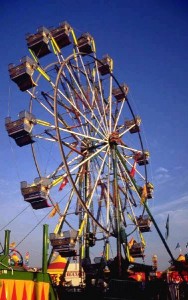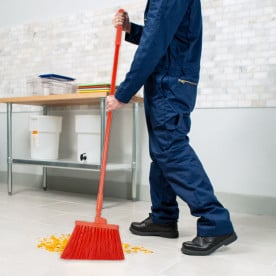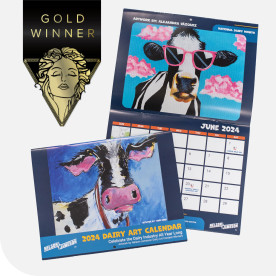 It’s that time of year again. Much to the chagrin of many summer-loving kids, a new school year is just around the corner. The waning days of summer also might mean something that could bring a few more smiles to the kids' faces, and definitely is a thrill for many adults: county fair season. The food industry is inherently connected with these yearly events. An American institution, county fairs date back to the early 1800s, when “the first agricultural fairs gave rural families an opportunity to see first hand the latest agricultural techniques, equipment, crops, and livestock. Over the course of the nineteenth century, fairs also incorporated a wide range of educational, recreational, competitive, and social activities into their programs.”
It’s that time of year again. Much to the chagrin of many summer-loving kids, a new school year is just around the corner. The waning days of summer also might mean something that could bring a few more smiles to the kids' faces, and definitely is a thrill for many adults: county fair season. The food industry is inherently connected with these yearly events. An American institution, county fairs date back to the early 1800s, when “the first agricultural fairs gave rural families an opportunity to see first hand the latest agricultural techniques, equipment, crops, and livestock. Over the course of the nineteenth century, fairs also incorporated a wide range of educational, recreational, competitive, and social activities into their programs.”
Livestock shows, agricultural workshops, cheese-making contests, and don’t forget fried things on sticks, and some deep fried cheese curds are all examples of the connection the food industry has to these American celebrations. Competition, community, and identity spring from these yearly events, where diverse populations are brought together for a few hot summer days.
Michael T. Marsden, in an article in The Journal of American Culture*, states that within an advanced technologically-driven culture where agriculture can be somewhat forgotten, county fairs especially are a place to bring agricultural insiders and outsiders together, where one can “see the blending of rural folk culture with the popular culture of the midway and the carnival” (25). Even if everyone involved may not be completely connected to one or the other, the two have produced a healthy tension that pulls people in and creates a shared experience. Still, he affirms, there is a need amidst the “popular,” for the county fair to earnestly pull in audiences into the rural values associated with this successful American tradition, in order for the tradition to truly survive (29).
So, if you find yourself on the midway this summer, consider how these events become primary showcases for agricultural, dairy, and many other food industry interests. If you can’t make it this year, think about stopping by next summer. Food industry support of these showcases of fun, education, and competition can only help this great tradition remain viable for the next two hundred years.







